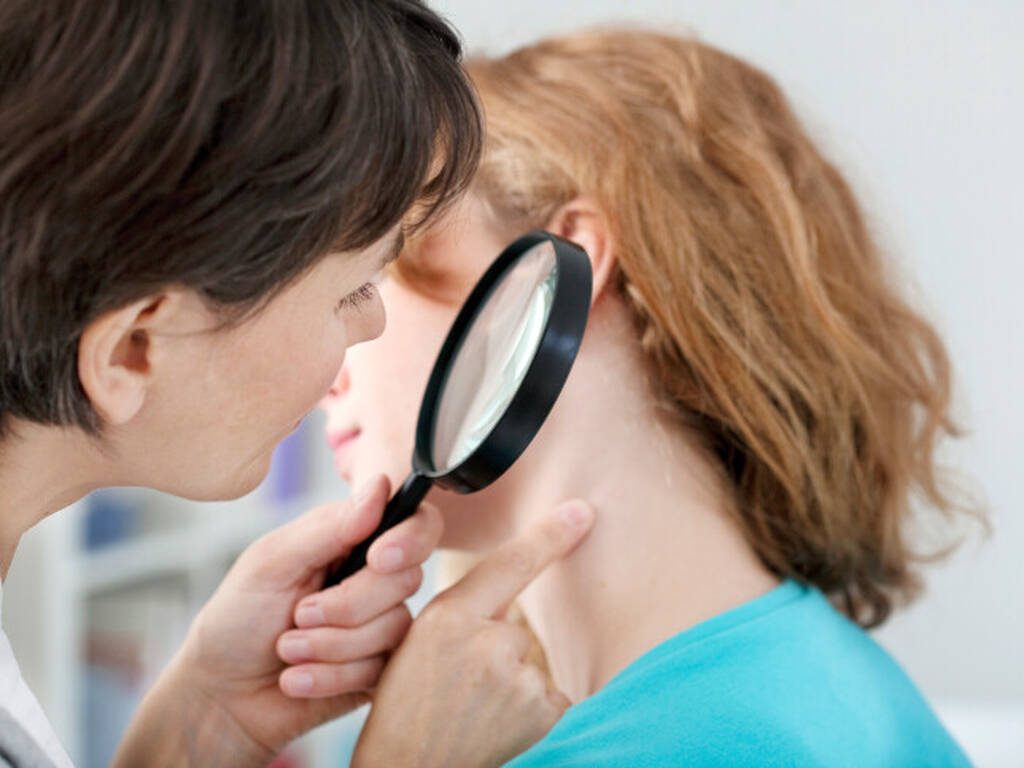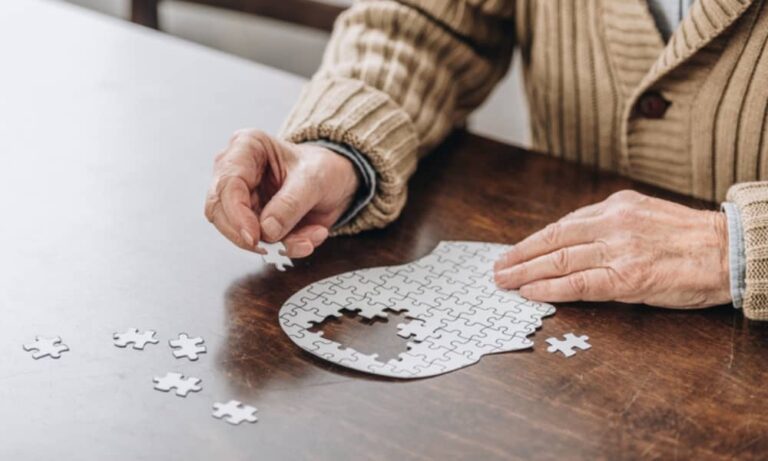Hugh Jackman recently revealed he had undergone two biopsies on his nose for skin cancer.
In an Instagram video, the Wolverine actor shared that he first had cancerous cells removed from his face in 2013 and has had around six procedures since.
Accordingly, Hugh urged fans to always wear sunscreen and be cautious when spending time outdoors.
In a follow-up on the social media platform, the star said he was pleased to report the latest biopsies had come back all clear.
“My biopsies came back negative!!!” he said. “Thank you for ALL the love. I feel it!”
“Please remember to wear sunscreen with a high level of SPF (no matter the season),” the 54-year-old added.
And now the Duchess of York has shared her skin cancer diagnosis.
And so, plastic and cosmetic surgeon Dr Paul Banwell has offered up some tips on spotting early signs of skin cancer.
“Non-melanoma skin cancer refers to a group of cancers that slowly develop in the upper layers of the skin. These are the more common types of skin cancer. The main types of non-melanoma skin cancers are Basal cell carcinomas and squamous cell carcinomas,” he explained.
Basal cell carcinomas present in various ways but any area that does not heal after a couple of months, especially if it becomes raised or bleeds, should be checked.
“Often they look like small pearly nodules with a crust. Common symptoms of skin cancer include a sore or area of skin that doesn’t heal within four weeks, looks unusual or hurts, is itchy, bleeds, crusts or scabs for more than four weeks,” the expert continued.
Meanwhile, the most common sign of melanoma is the appearance of a new mole or a change to an existing mole.
“Melanoma is a type of skin cancer that can spread to other organs,” he noted.
“For melanoma, any pigmented mole that changes colour, size, outline or moles that bleed, become raised or crusty should be checked, especially if there are pre-existing multiple moles, a family history of skin cancer, sunburn history and sunbed use. Outdoor sports such as sailing, surfing, windsurfing, golf and tennis are risk factors too.”
In addition, Dr Banwell recommends remembering the ‘A-B-C-D-Es of melanoma’. These are:
Asymmetrical: Does the mole or spot have an irregular shape with two parts that look very different?
Border: Is the border irregular or jagged?
Colour: Is the colour uneven?
Diameter: Is the mole or spot larger than the size of a pea?
Evolving: Has the mole or spot changed during the last few weeks or months?







